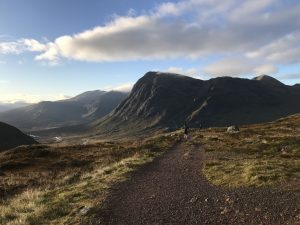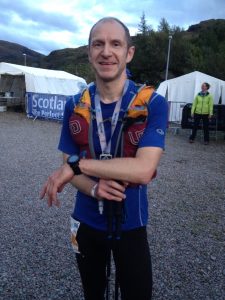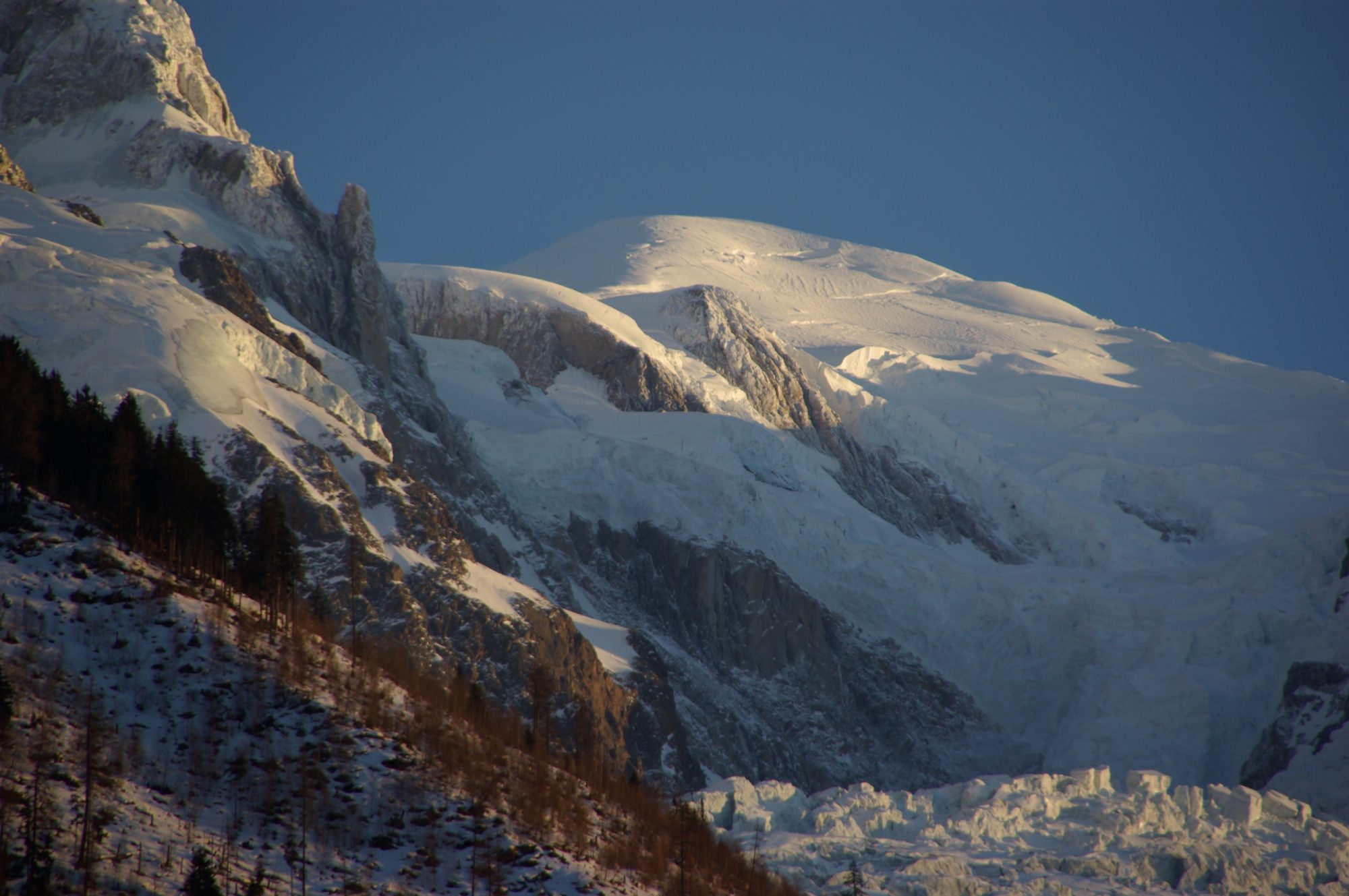
I used to consider myself pretty fit for my age; someone who feels very much at home walking, scrambling, running and climbing in the mountains. That was until I took part in the Glencoe Skyline Race last September.
It was a bittersweet experience. Of course it was fantastic – an epic race around Glencoe. 52km and 4750m of ascent over challenging mixed terrain surrounded by stunning scenery. The race organisation was very professional and there was a real sense of camaraderie amongst the 200 or so competitors. It was life affirming to be around such a positive, fit, enthusiastic group of people, who clearly loved being in the mountains and challenging themselves physically and mentally.
On the other hand, it brutally brought home the realisation that amongst this elite fell running subset of the population, I have a lot to work on, in terms of fitness, endurance, speed and just being able to move more swiftly the mountains.
In fact, at times I was wondering what on earth I was doing there, amongst world class athletes such as Killian Jornet, Jonathan Albon and Emelie Fosberg. Of course, I use the word “amongst” loosely, as the only time I was anywhere near these guys was at the start line.
I cannot comprehend how the winner (Killian Jornet) managed to finish in half the time it took me to eventually haul myself round the course. The speed with which some the competitors made the steep descents down uneven scree and slippery rocks was an education for me.
My main aim was to complete the course without serious injury and within the strictly enforced cut-off times. Deep down I wanted to finish in under 10 hrs. In reality I finished in 12hrs 35 mins!
Barring injury, I’m definitely giving it another go – maybe not next year, but soon. So what lessons were learned, and what would I do differently next time:
- I would train harder, much harder. By that I mean I would improve my hill fitness, beasting myself with longer days in the hills, coming much closer to simulating the time and distance of the event than I did for this years preparation. I would certainly put in some 30-35km + runs over 8-10 hrs in the hills in the month before. In an ideal world I’d book a holiday in the Alps for some altitude training a few weeks before!
- I’d work on my leg strength, to improve my downhill speed. For me the limiting factor is knee pain in prolonged descents, rather than inability to tackle the terrain. I enjoy fast descents over scree and uneven ground, but my knees let me down.
- In terms of equipment, taking walking poles was the right decision for me, although I doubt any of the elite athletes use them over this distance. They helped me keep going in the latter stages of the race both on ascents and descents when I was getting tired, however this was at the expense of slowing me down, by making forward progress much less smooth.
- Endurance running is as much about getting your nutrition sorted as your fitness levels. Strangely, I needed less food than I thought on the day, based on my experience in training, however I find it’s best to accept a heavier load and carry a bit extra just in case, as you’ll certainly pay the price if you run out of adequate calories.
- If possible, I would bring my own food to eat the day before the race when you’re hanging out in Glencoe or Kinlochleven. I ate hotel food which, while being absolutely great on any other occasion was probably not what I would have chosen for a pre-race meal had I been at home.
- I think I was possibly the only person to wear a helmet on Curved Ridge! I had given this a bit of thought before the race, and my rationale was that I would be towards the back of the course which meant there would be 100+ people above me, potentially causing rock fall. In reality, this wasn’t an issue, thanks to good route planning by the race organisers and everyone moving slowly and carefully over the crux sections. I wouldn’t take a helmet again.

